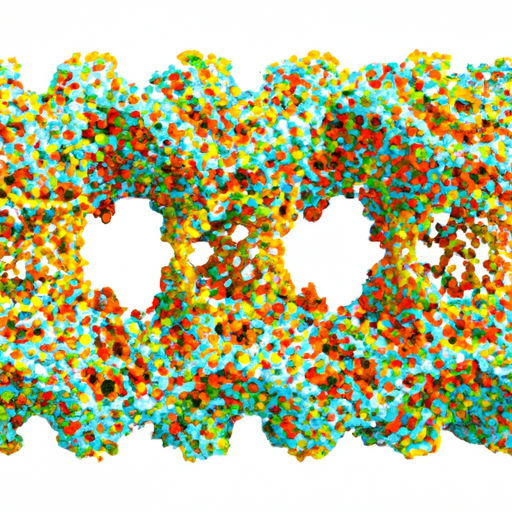What Bonds Are Found in the Quaternary Structure of Proteins?
When it comes to understanding the structure of proteins, scientists have identified four levels of organization: primary, secondary, tertiary, and quaternary. While the primary, secondary, and tertiary structures involve the arrangement of amino acids within a single polypeptide chain, the quaternary structure refers to the interaction between multiple polypeptide chains to form a functional protein complex.
In the quaternary structure, various types of bonds play a crucial role in stabilizing the protein complex. These bonds include:
1. Disulfide Bonds: Disulfide bonds are covalent bonds formed between two cysteine residues. Cysteine is an amino acid that contains a sulfur atom. When two cysteine residues come close to each other, the sulfur atoms can oxidize and form a disulfide bond, which contributes to the stability of the protein complex.
2. Hydrogen Bonds: Hydrogen bonds are non-covalent bonds formed between a hydrogen atom and an electronegative atom, such as oxygen or nitrogen. In the quaternary structure, hydrogen bonds can occur between amino acid residues of different polypeptide chains, helping to hold the protein complex together.
3. Electrostatic Interactions: Electrostatic interactions, also known as salt bridges, occur between positively and negatively charged amino acid residues. These interactions can contribute to the stability of the quaternary structure by attracting and holding the polypeptide chains together.
4. Van der Waals Interactions: Van der Waals interactions are weak attractive forces that occur between nonpolar molecules or regions of molecules. In the quaternary structure, van der Waals interactions can occur between hydrophobic amino acid residues, helping to bring the polypeptide chains closer together.
5. Hydrophobic Interactions: Hydrophobic interactions play a significant role in the quaternary structure of proteins. Hydrophobic amino acid residues tend to cluster together in the interior of the protein complex, away from the surrounding water molecules. This clustering helps to minimize the contact between hydrophobic residues and water, contributing to the stability of the quaternary structure.
In summary, the quaternary structure of proteins is stabilized by a combination of covalent and non-covalent bonds. Disulfide bonds, hydrogen bonds, electrostatic interactions, van der Waals interactions, and hydrophobic interactions all play essential roles in holding the multiple polypeptide chains together and maintaining the functional protein complex.
Remember, understanding the bonds in the quaternary structure of proteins is crucial for comprehending their function and how they contribute to various biological processes.



